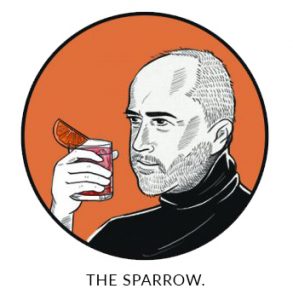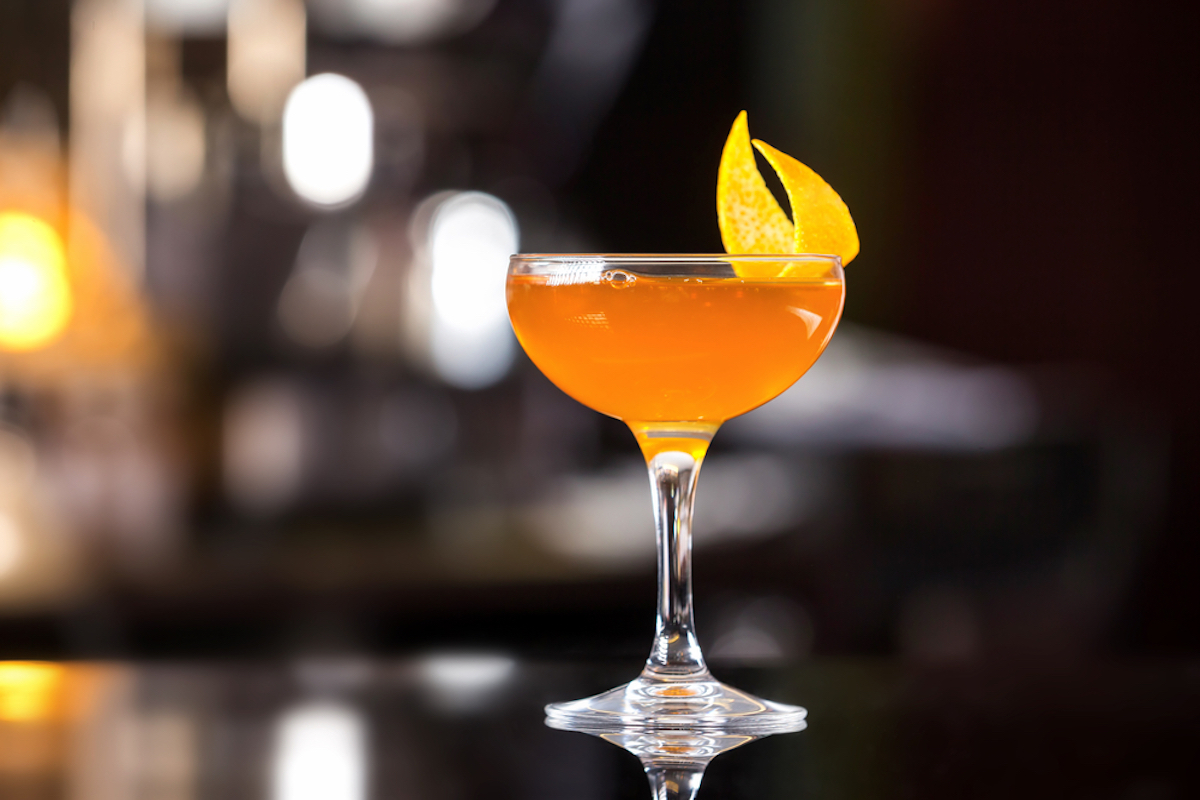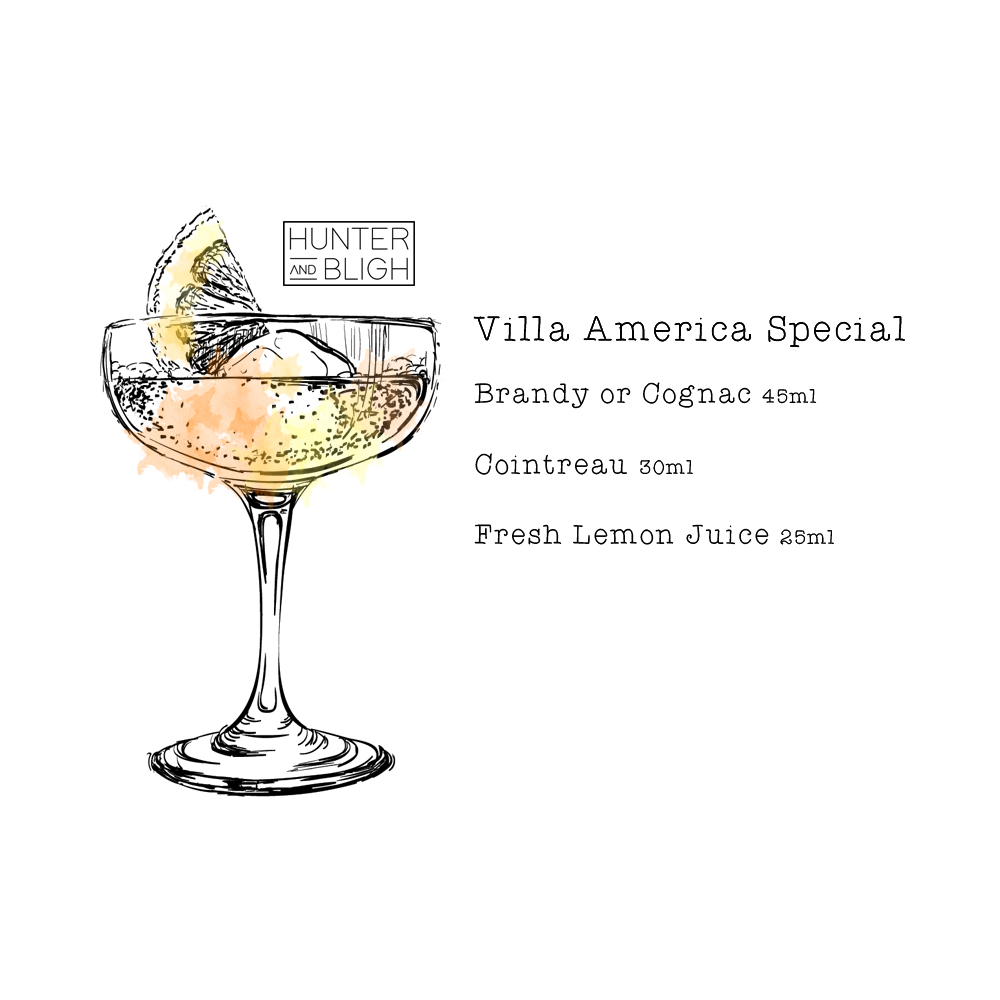History
This drink is suspiciously like a Sidecar. Although Hemingway would have undoubtedly drank Sidecars, this version and name of the drink comes from his friend, Gerald Murphy. He and his wife, Sara, were two of the many rich Americans who lived in France during the 1920s prohibition period where high living was cheap and alcohol was freely available. The Murphy’s entertained and made friends with many of the artists and writers of the period. They had a great influence on the young Hemingway and they appear in elements of The Garden of Eden as well as The Snows of Kilimanjaro. The Fitzgerald’s were also firmly in this circle and F. Scott admitted to Sara Murphy that she had been used “again and again” in the novel, Tender is the Night.
We learn of this drink through the writing of Gerald’s daughter, Honoria, who wrote, “My father was, as in everything, very precise when he prepared his Villa America special, consisting of brandy, a liqueur and lemon juice, which he poured from a silver shaker into long-stemmed glasses, the rims of which had been rubbed with lemon and dipped in coarse sugar.”
Recipe
45ml Brandy or Cognac
30ml Cointreau or another liqueur
25ml (approx.) Fresh lemon juice
Chill a cocktail glass then rub the rim with some lemon peel before dipping in some brown sugar (like the Pauline Hemingway’s Rum Scoundrel). Shake the ingredients with ice then strain into the glass.
The Sidecar
Like many of the other cocktails there are several claimants to the invention of the Sidecar. However, the introduction of citrus to drinks from the mid-1800s is the likely genesis of the sidecar. A drink called the Crusta was invented around 1850 by Italian immigrant, Joseph Santini when he ran the bar and restaurant at New Orleans’ City Exchange. Jerry Thomas was so impressed he put it in his cocktail classic, The Bartenders Guide, in 1862. The Crusta has the sugared rim on the glass (like our Villa America Special) whereas you don’t normally find that with a sidecar.
The Sidecar first appeared in print in 1922 in Harry MacElhone’s (from Harrys’s New York Bar Paris) Harry’s ABC of Mixing Cocktails and Robert Vermeire’s Cocktails and How to Mix Them. There are two main “schools” of thought on how to make the Sidecar. The first is the “French school,” which promotes equal parts of brandy, orange liqueur and lemon juice and the later, “English school” which has 2 parts brandy to 1 part liqueur and 1 part lemon juice.
This is another cocktail we had over at Lighty’s house. I was initially a little hesitant as brandy based drinks take me back to some unfortunate experiences in my 20’s. However, the combination of the Brandy with Cointreau is an interesting one with the lemon juice enhancing the orange in the Cointreau and taking the edge off the strong Brandy flavour. We drank the recipe above which is closer to the “English School” of Sidecar recipes but if you are like me and not a great Brandy drinker you might want to try the older, “French School” version with equal parts of ingredients.




